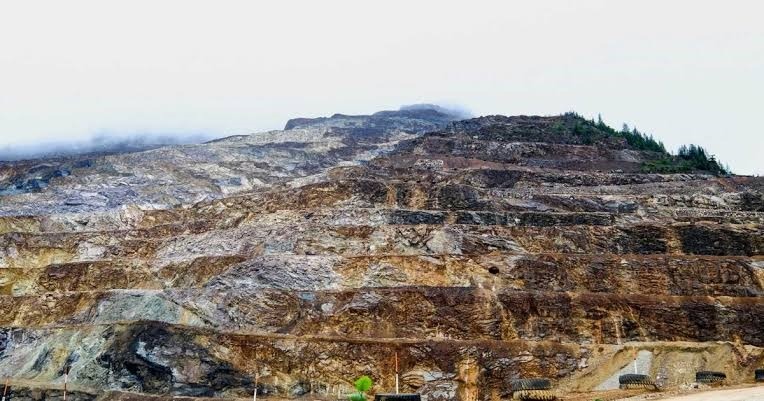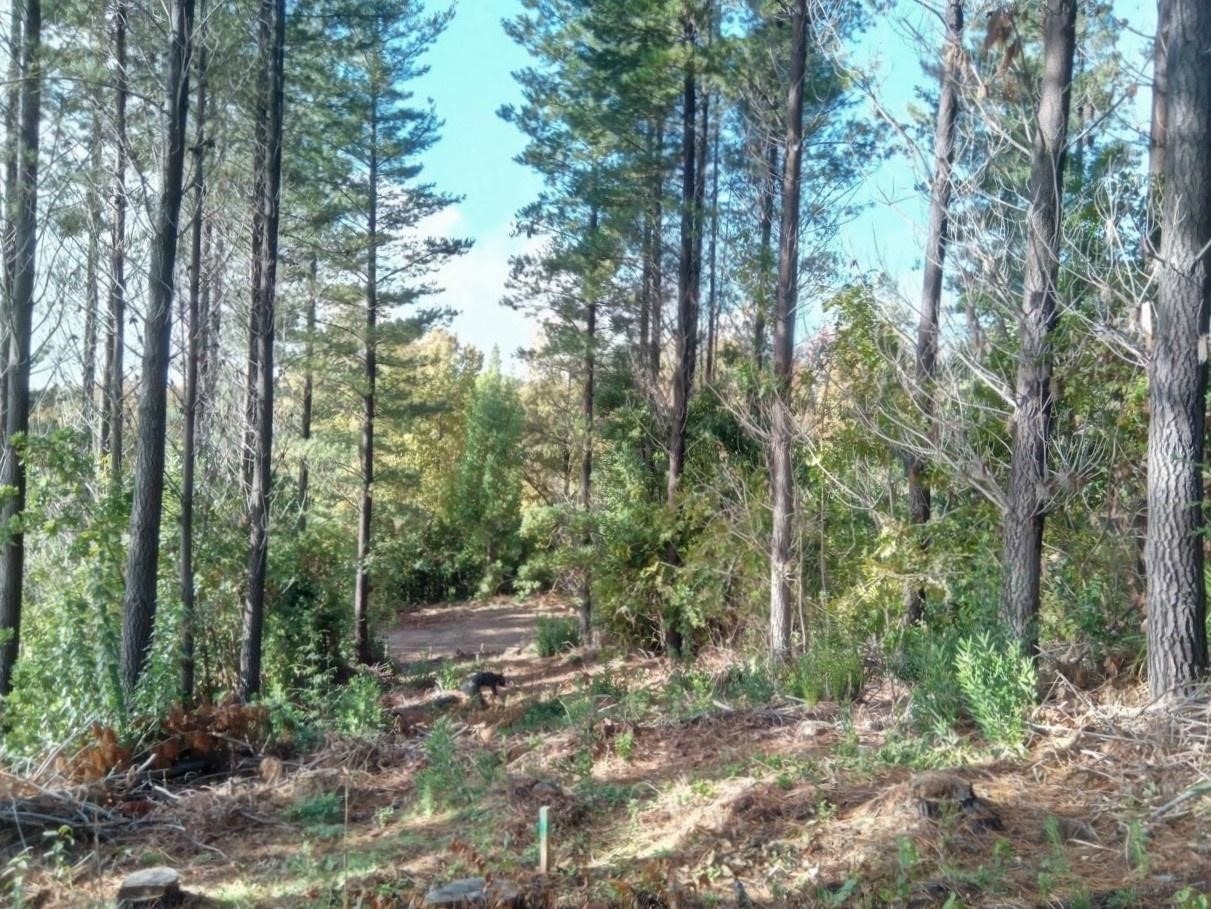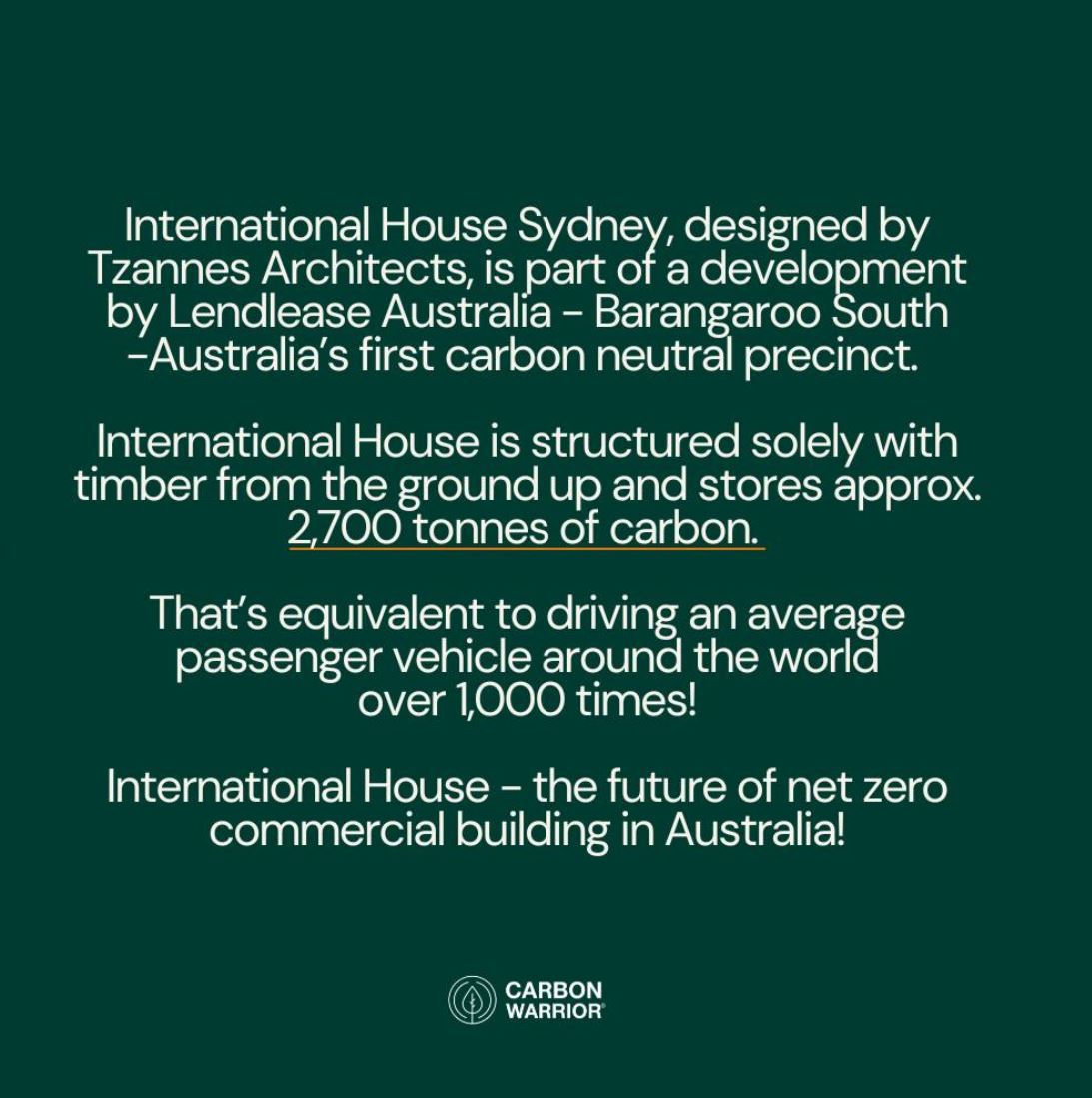
Why Fabricators Need Carbon Warrior
This article was written by FTMA’s Kat Welsh.
World Environment Day was on June 5th. To help raise awareness, FTMA has been releasing articles throughout June about members who are utilising Carbon Warrior. If you’re catching up, James Thomson from Bendigo Truss talked about converting a steel frame builder using Carbon Warrior messaging; Kenny and Kristin from Pinelock Systems shared how wearing Carbon Warrior t-shirts has promoted awareness and built unity for the sector, as well as how they are trying to drive change forward in WA when it comes to innovative timber designing.
This article is taking a different approach. We know there are fabricators out there unsure of Carbon Warrior, not wanting to get into the green debate, and maybe believing the climate crisis is nonsense. If that’s you – KEEP READING!
Don’t worry, we’re not attempting to convince you of any impending environmental dystopian Mad Max disaster – but hopefully we can convince you why Carbon Warrior is still essential for your business.
Arthur Potter, Owner of Universal Trusses in the ACT, is taking on Carbon Warrior for the family business, and guess what? He doesn’t believe we’re facing imminent calamity. “I’m certain the climate’s changing, you can’t have 6 billion people in the world not having change, but just not in the catastrophic climate change we’re all going to die [way], that’s not what I think,” said Arthur. The climate sure has gone through many natural changes, even before humans began mass producing emissions. Regardless of differing views on the state of the atmosphere, one thing’s definite; wood is the most progressive material for humanity when it comes to construction.
“We need to have a situation where we re-educate everybody to go ‘hey by cutting down trees and by re-planting trees, we actually have a better environment. We get a product that people can use… It’s a product that people love. They want to touch it, feel it, see it, and use it. So, we should encourage that,” said Arthur.
Arthur talked about how the meat industry is advertised – people are drawn in with sights of beautiful juicy steaks, not cows being slaughtered. If we compare this to the image of the timber industry over the last few decades, the focus has been on murdered trees, clear-felled barren landscapes, refugeed koalas – not on sustainable certified plantations, and the benefits to the environment. “They [the public] see the timber industry as the slaughterhouse. We need them to see it as the steak in the butcher’s display,” said Arthur. “It’s the table that you want to touch, the floor that you want to walk on, it’s the roof that holds up your house. That’s the timber industry. That’s where that message is completely lost… We live in a time where it’s about how people feel… we’ve got to embrace it and show them why they should feel good about it. Doesn’t mean I have to agree with it!” Arthur quipped.
“In the future, the direction that the world is going, is that all businesses are going to need to justify their existence,” said Arthur. The pressures of consumers wanting a greener market and governments putting in environmental legislations, will demand industries to validate what they are doing and how they are functioning. Globally, countries are committing to UN driven targets, such as this agreement delivered at COP28 earlier this year; “Recognising that wood from sustainably managed forests provides climate solutions within the construction sector, we commit to, by 2030, advancing policies and approaches that support low carbon construction and increase the use of wood from sustainably managed forests in the built environment. Such policies and approaches will result in reduced GHG emissions, and an increase in stored carbon.”
“We need to be able to show people that we’re not just the cut and strip of the land, cutting down all the trees like it’s some horror film or Doctor Seuss book. We’ve got to be able to show people this is about plantations and replanting, using the product, storing carbon, it’s a whole story that we actually are going to have to do because we’re going to have to show why we’re allowed to exist.”
We know some fabricators are uncomfortable with Carbon Warrior, and to highlight why the messaging is critical, Arthur said “there’s a group of people out there who would close down sustainable forestry tomorrow. And we know who they are, because they’re strapping themselves to bulldozers. But that’s why we need to tell our story. Our story is about using timber, storing carbon, replanting trees, increasing the number of trees in Australia, and increasing the number of trees by using more trees.” Arthur referenced the mining industry who are heavily promoting positives of what they do – pumping money into the local communities, employing more women.
“It’s massive what they’re spending. Because they know if they don’t do that, they are going to be out of business. As frame and truss, we can’t just go ‘let’s just be quiet and it’ll go away’. This is not going away. We have to get our side of the story out there, otherwise our story is going to be told by somebody that’s chained to a bulldozer. That’s currently who’s telling our story.”
If we don’t take control of how our sector is viewed, other people will – they already have. We need to have ownership over our own narrative – that’s what Carbon Warrior is doing. Carbon Warrior appeals to consumers that want to be environmental, eco-friendly, green, because sustainable timber IS all of those things. We’re not selling a lie. We’re selling our unified story, under a recognisable logo and putting a name to it. “We’re in the carbon storage business,” said Arthur. That’s what timber is – 50% carbon stored for life.
The microscope is focused in the wrong direction. If people strapping themselves to bulldozers strapped themselves to e.g. Leonardo DiCaprio’s private jet instead of sharing his Instagram posts about the falsely accused raping and pillaging of managed hardwood logging coupes in Australia, maybe we might have a different view on sustainable forestry being part of the solution, not part of the problem.
When it comes to the main competitors to timber in framing construction, we’re up against steel and concrete. Both of which do far worse damage to the landscape for longer than certified plantations, which are essentially crops, rotated and re-planted. Within a few years the plantations will have trees taller than humans, thriving and adding back to a cycle of growth. Want to know what an iron ore mine looks like 20 years out of production, versus radiata pine 20 years after harvesting and replanting? Yet, which industry is under threat in Australia?


“Light gauge steel is not a great alternative, that’s really what we’re up against at the moment. It’s a product that there seems to be a lot of different standards [for]. It doesn’t seem to be as regulated as well, and there’s a lot of cowboys doing all sorts of different things. To encourage the consumers to choose timber… if the carbon story helps them get to that point, that’s fantastic,” said Arthur. At Universal Trusses, all their designs and quotes get sent out with potential carbon storage information. “Everybody through the supply chain can see it. From the builder, he can see the ‘I’ve saved 1000kg of carbon with this roof truss’, the carpenter putting it up can see it, everybody involved can see it. If you don’t believe in climate change or whatever, that’s up to you… but it’s there, and it doesn’t cost us anything.” Arthur talked about how making it visual for some people, will make it more significant i.e. how many cars, the carbon stored, equals out – part of repackaging what the use of timber can achieve.
“It’s an important industry. We employ lots of people. We should be really proud of what we’re doing with frame and truss. Because it’s a really good product… we’re doing more than just a design solution,” said Arthur. It’s a part we can all play in promoting the benefits of timber and carbon storage. You don’t have to subscribe to the climate crisis, but you do have to help redefine what this industry is.
For more information, click Carbon Warrior, and check out FTMA’s website.
We will be adding to our member and Carbon Warrior partner resources.
Follow Carbon Warrior on social media

Our Principal Partners




